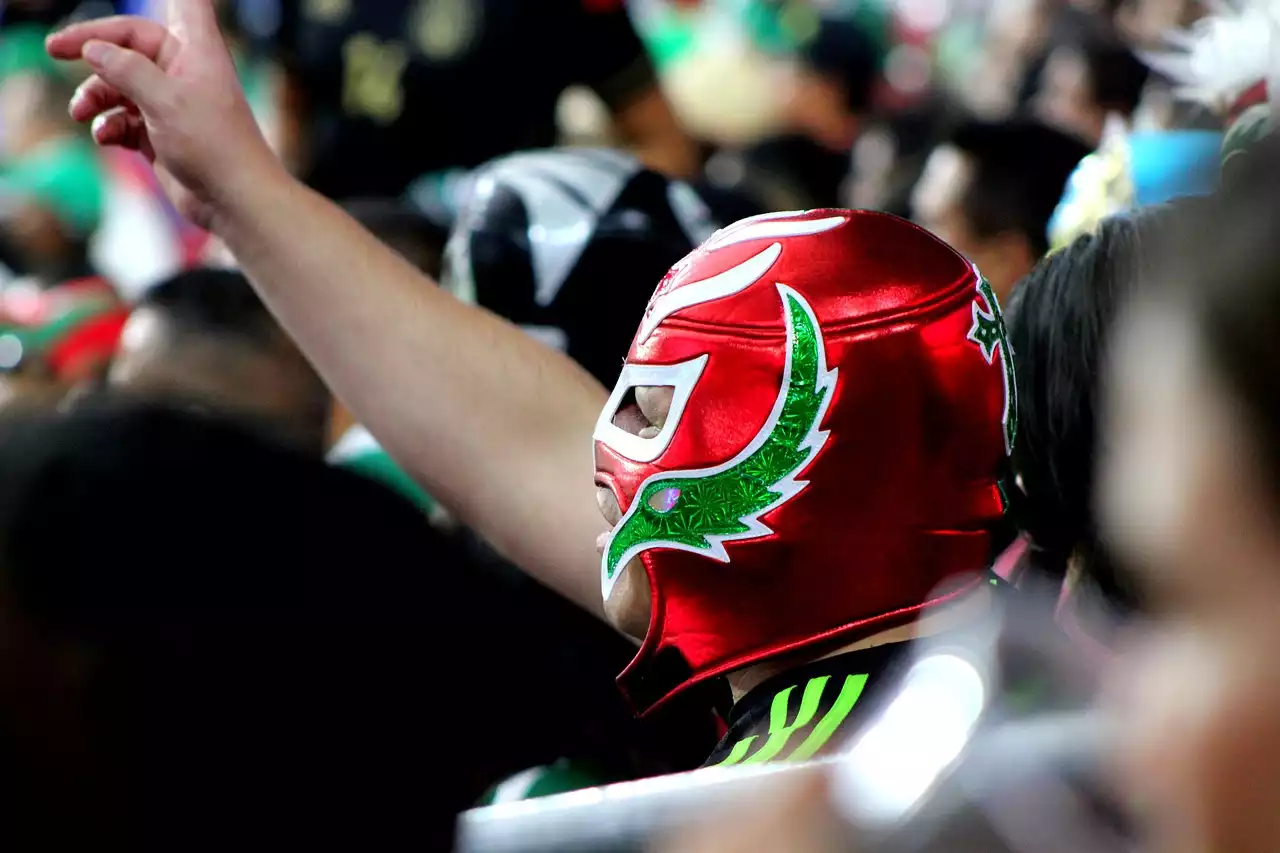The History of Wrestling
Professional wrestling as we know it today began to take shape in the early 1900s, with the formation of the National Wrestling Association (NWA) in 1905. The NWA was responsible for organizing wrestling matches and championships across the United States, setting the stage for the rise of wrestling icons in the years to come.
As wrestling grew in popularity, so did the role of television in the industry. The first televised wrestling match took place in the 1940s, and by the 1950s, wrestling was a regular fixture on television screens across America. This newfound exposure helped to elevate the status of wrestling and its stars, paving the way for the emergence of wrestling icons in the decades that followed.
The Rise of Wrestling Icons in the 80s and 90s
The 1980s and 90s were a golden age for wrestling, with larger-than-life personalities capturing the hearts and imaginations of fans worldwide. One of the most iconic wrestlers of this era was Hulk Hogan. With his muscular physique, flamboyant persona, and signature catchphrase "Hulkamania," Hogan quickly became a fan favorite and a pop culture icon.
Another wrestler who rose to prominence in the 90s was Dwayne "The Rock" Johnson. Known for his charisma and quick wit, The Rock quickly became one of the most popular wrestlers of his time. His catchphrases, such as "Can you smell what The Rock is cooking?" and "The People's Champ," became household phrases, and he eventually went on to become a successful actor and producer.
The Impact of Hulk Hogan, The Rock, and Stone Cold Steve Austin
In addition to Hogan and The Rock, another wrestler who left a lasting impact on the industry was Stone Cold Steve Austin. Known for his rebellious attitude and anti-hero persona, Austin was a fan favorite and a trailblazer for a new era of wrestling. His catchphrase, "Austin 3:16," became a cultural phenomenon, and he helped to usher in a new era of wrestling that emphasized edgier storylines and characters.
The impact of Hogan, The Rock, and Austin can still be felt in the industry today, as their legacies continue to inspire and influence new generations of wrestlers. Their larger-than-life personas and signature catchphrases have become embedded in popular culture, and their influence on the industry cannot be overstated.
The Evolution of Wrestling Icons in the 2000s and Beyond
As the 2000s rolled around, the wrestling industry continued to evolve, with new stars emerging to capture the attention of fans worldwide. One wrestler who rose to prominence in the 2000s was John Cena. Known for his colorful personality and "never give up" attitude, Cena quickly became a fan favorite and a prominent figure in the industry.
Another wrestler who made a name for himself in the 2000s was CM Punk. Known for his straight-edge lifestyle and no-nonsense attitude, Punk became one of the most popular and controversial wrestlers of his time. His outspokenness and willingness to speak his mind on controversial topics made him a lightning rod for controversy, and his impact on the industry cannot be overstated.
The Influence of Social Media on Wrestling Icons
As social media became more prevalent in the 2010s, wrestling icons began to use it as a way to connect with fans and promote their brand. Wrestlers such as The Miz and Zack Ryder became famous for their use of social media, using platforms like Twitter and YouTube to engage with fans and promote their personal brand.
Social media has also allowed wrestling icons to connect with fans in new and innovative ways. Platforms like Twitch and Cameo have allowed wrestlers to interact with fans on a more personal level, offering personalized messages and even live streams of their matches and training sessions.
The Business of Wrestling Icons - Merchandise, Endorsements, and Tours
As wrestling icons continue to rise in popularity, they have become valuable commodities in the world of business. Wrestlers such as John Cena and The Rock have become successful entrepreneurs, launching their own merchandise lines and partnering with brands to promote their products.
In addition to merchandise and endorsements, wrestling icons also make a significant amount of money through tours and live events. These events allow fans to see their favorite wrestlers in action and provide a valuable source of revenue for the industry as a whole.
Controversies and Scandals Surrounding Wrestling Icons
While wrestling icons have brought joy and entertainment to millions of fans worldwide, they have also been embroiled in their fair share of controversies and scandals. From steroid use to sexual misconduct allegations, wrestling icons have been at the center of some of the industry's most controversial moments.
Despite these controversies, wrestling icons continue to capture the hearts and imaginations of fans worldwide. Their legacies live on, and their impact on the industry cannot be overstated.
The Legacy of Wrestling Icons
In conclusion, wrestling icons have played a significant role in the evolution of the industry, capturing the hearts and imaginations of fans worldwide. From the early days of wrestling carnivals to the multi-billion dollar industry it is today, wrestling icons have been at the forefront of the industry's growth and development.
Their larger-than-life personalities, signature catchphrases, and controversial moments have become embedded in popular culture, and their impact on the industry cannot be overstated. As the industry continues to evolve and new stars rise to prominence, it's clear that the legacy of wrestling icons will continue to inspire and influence new generations of wrestlers and fans alike.










